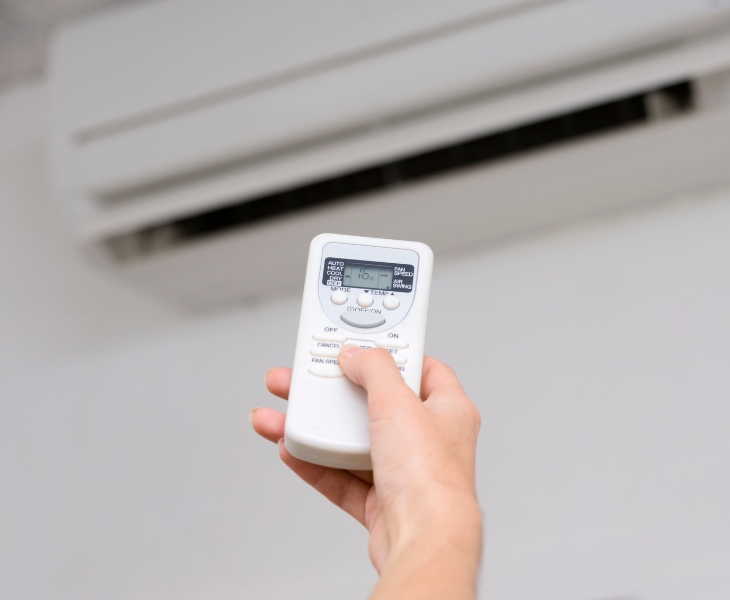Summer has certainly made a grand return in Australia, with scorching heat and the usual office thermostat debates. Almost everyone can remember a time when the temperature in the workplace was so high or low that you couldn’t concentrate on anything else.
Temperature is frequently one of the sore spots in office politics, and this could simply be a result of your workplace’s poor air conditioning. Thermal discomfort can have a negative impact on a worker’s overall morale and performance. Prolonged exposure can cause fatigue, concentration issues, mental distractions, and lower productivity. Here’s everything you need to know about office temperatures to ensure maximum comfort and productivity.
Ideal AC temperature for summer
In general, the best summer temperature for your air conditioner is 24-27°C. As we describe Australian summers as “moderate,” so let’s break down the best temperature for air conditioning by region.
The true ideal temperature means balancing your comfort with the climate of where you live. According to the Alliance Climate Control research, in warmer climates, such as North Queensland, air conditioning units should be set to 21-23°C to maintain comfort and efficiency. Meanwhile, cooler regions such as Tasmania can stay cool by setting their air conditioning to 28°C.
In New South Wales, there are no set temperatures or laws. According to SafeWork NSW guidelines, a comfortable temperature for sedentary work in Australia is between 20°C and 26°C in order to avoid heat-related illnesses such as heat rash, dehydration, exhaustion, and cramps.
Office temperature preferences for men and women
A study that was released in the journal PLOS One, it claims that men do better when it’s colder and women do better when it’s warmer when performing cognitive tasks. According to the NIH report, women, on average, feel colder than men at the same air temperature. According to one study, men prefer (22°celsius), while women prefer (25°celsius) room temperature. The most common reasons are body size and fat-to-muscle ratios. In addition, women have lower metabolic rates than men, which lowers their ability to produce heat when exposed to cold and increases their susceptibility to feeling cold as the temperature drops.
Discomfort among employees
Complaining may be the most obvious sign that your office air conditioner is not set to the optimal temperature, but the consequences can go far beyond disgruntled employees. According to SafeWork Australia, “the risk to workers’ health increases as conditions move further away from those generally accepted as comfortable… Too hot or too cold air temperatures can contribute to fatigue and heat or cold-related illnesses.” Meanwhile, some studies estimate that if the temperature is too hot, productivity can drop by as much as 20%.
Workplace temperature regulations in Australia and New South Wales
You can simply access the guidelines from SafeWork NSW as a useful resource to effectively manage extreme heat at work. The Australian Government’s Work Health and Safety Code of Practice 2015 includes a comprehensive checklist for employers to use while ensuring workplace and facility safety in all areas.
Effects of temperature control on operating costs
In the summer, the lower the temperature, the harder air conditioners have to work and the more energy they consume. More energy means higher utility bills that add about 10% to energy consumption. This may not seem like much, but it adds up over time to the workplace energy bill. Your business can use the Air Conditioning Calculator to estimate the running costs of the system based on its cooling capacity, temperature setting, and usage.
Hotter parts of the office
One important point to remember is that temperatures within the office vary. A cluster of heat-generating computers or server rooms, for example, can significantly raise temperatures in a specific area.
Portable air conditioners or fans are an excellent way to address these issues during the summer months as they are more efficient at cooling specific areas than standard air conditioners.

